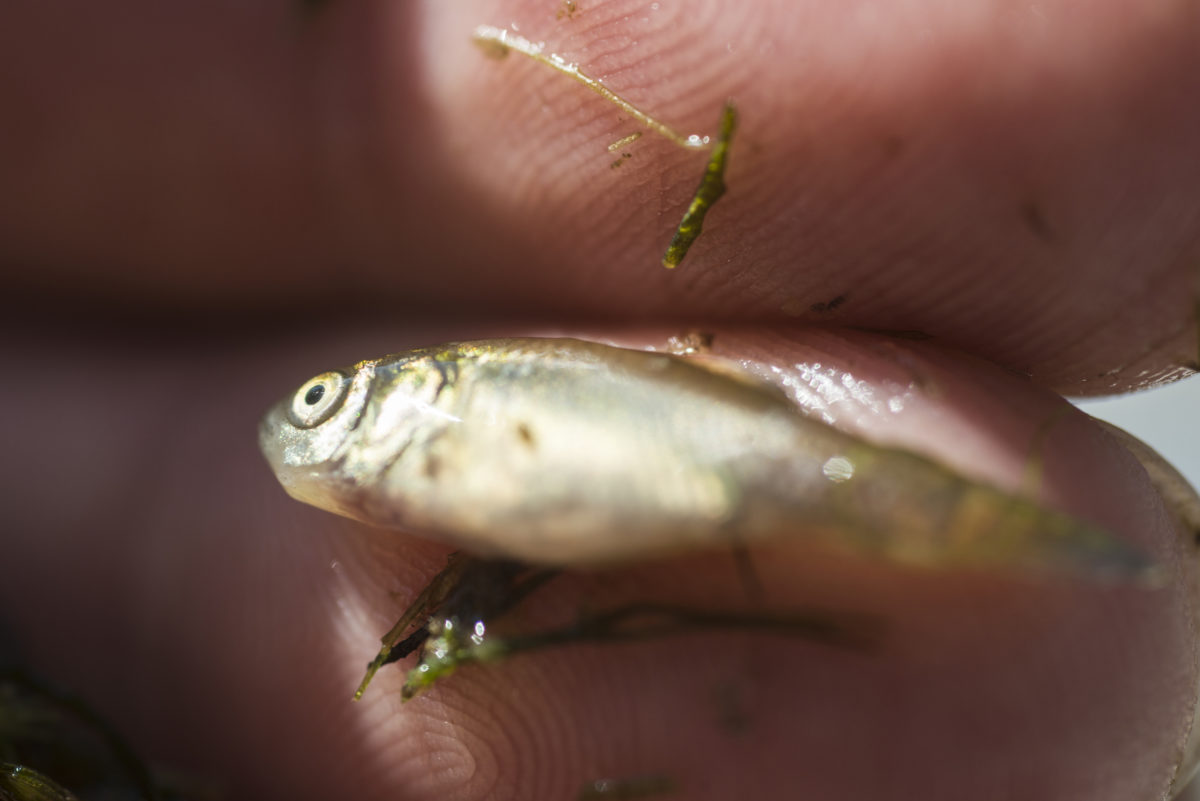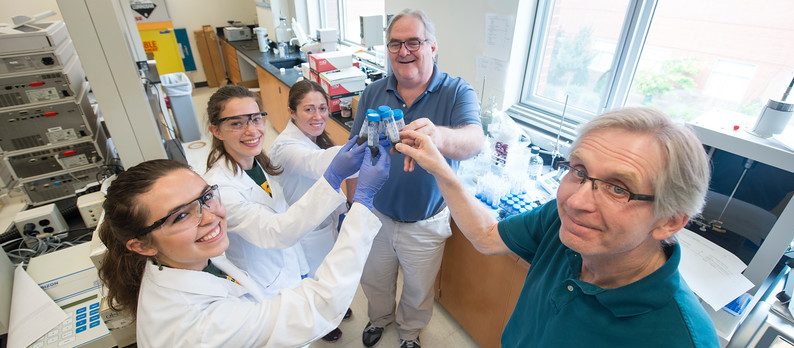Curious about the results of of the 2017 summer undergraduate research? Led by principal investigators Amy Fowler and Kim de Mutsert, the Summer Team Project looked at the effects of micropollutants on the Potomac River watershed. Watch the video to find out what the researchers found and how this experience changed the undergraduates.
Tag: OSCAR2017




